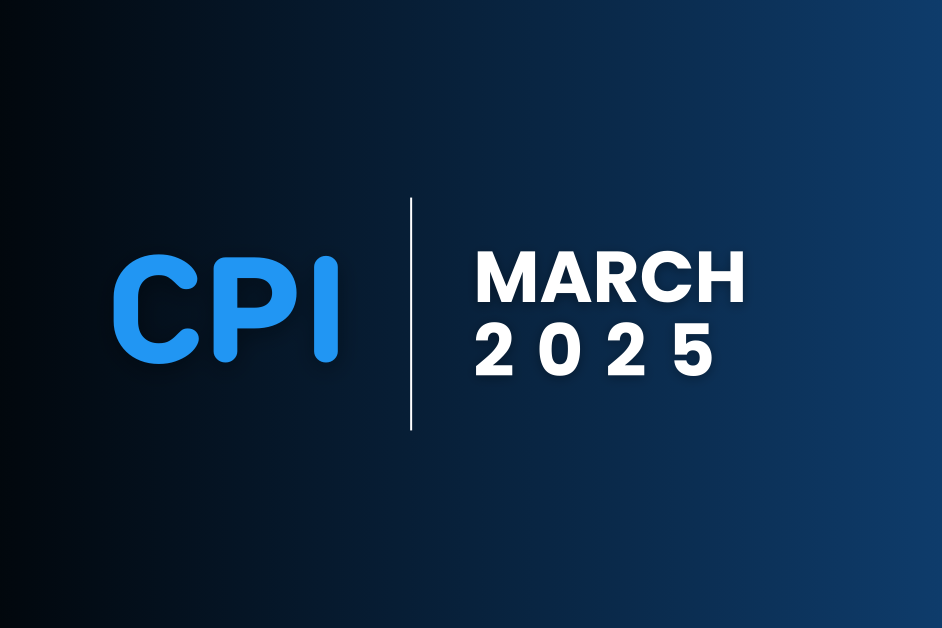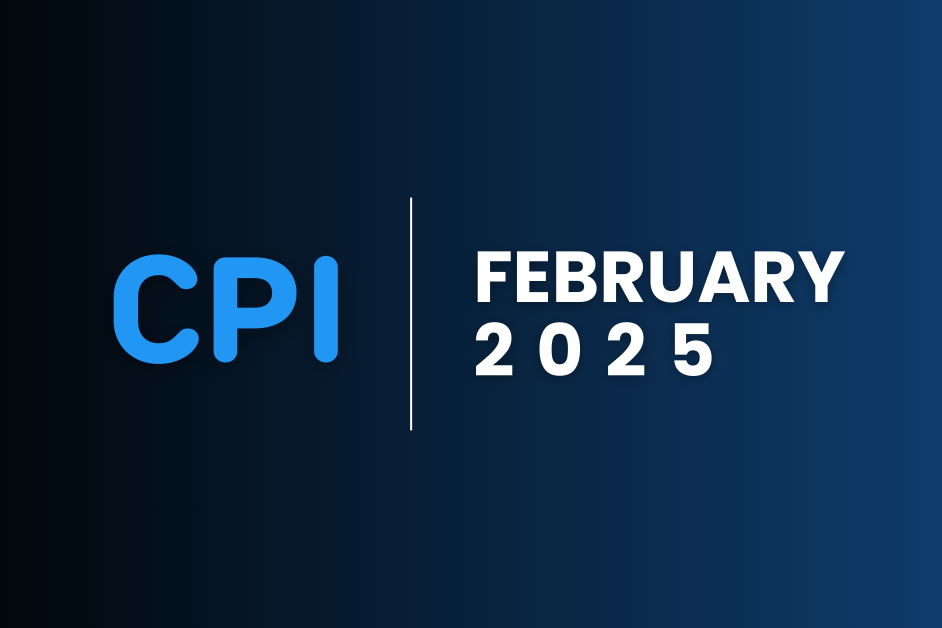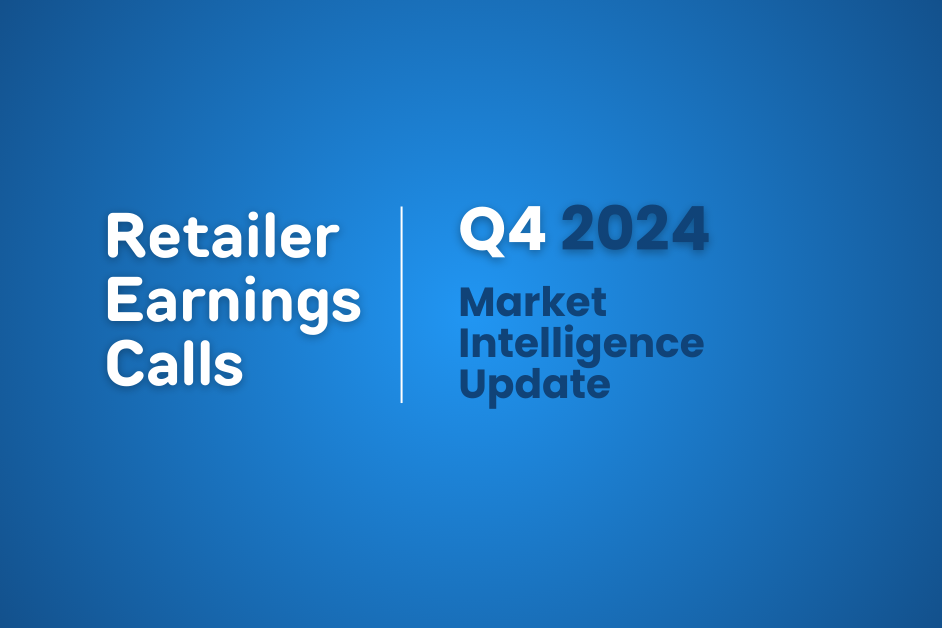Qualitative research is a very popular form of research, and one of the most popular types is focus groups. They give clients the opportunity to observe and listen to respondents. Online quantitative research does not offer this particular benefit.
Focus groups can be valuable when you start your research, but there are some challenges. Here are some of the most common mistakes people make, as well as tips for avoiding those mistakes.
Drawing projectable conclusions
By definition, focus groups do not provide conclusions that can be projected onto a larger population. Focus groups fail to be representative for a couple of reasons. The limited number of respondents is too small to draw conclusions, and focus groups are usually conducted in two to three markets. Because of these limitations, the data gathered does not result in a geographic or demographic representative sample of consumers needed to draw broad, projectable conclusions.
In order to avoid these missteps, use focus groups to explore hypotheses and provide directional guidance. It is also important to keep in mind that focus groups are not a quantitative methodology and should not be used definitively.
Think about this: Would you feel comfortable making multi-million-dollar decisions based on feedback from 20 people across two cities?
Not doing follow up quantitative research
Most focus groups are the initial phase of a multi-phase research plan. Often, the general plan relies on the findings from focus groups for guidance in developing the follow-up quantitative research. The quantitative phase is then used to provide definitive, projectable insights for making business decisions. However, often due to timing or budget constraints, the follow-up quantitative phase never happens.
This is the same pitfall as problem one. Without following up with quantitative research, you are making major decisions based on feedback from only a few consumers.
Using “data” quantitatively
Focus groups often ask respondents their opinions about concepts or products. While most questions are “qualitative,” such as likes, dislikes, desired changes, and so forth, respondents are sometimes asked to provide a numerical rating. This helps respondents clarify their thinking or “put a stake in the ground” on their opinions. It also makes them less likely to be swayed by another respondent’s opinions. Numerical ratings can be problematic, however.
Once clients observing the focus groups have recorded the numerical ratings and calculated averages, they may inadvertently treat the collated information as quantitative data. Using qualitative data in lieu of quantitative data can be grossly misleading. This “data” was collected from a small number of consumers and cannot be used as if it were from a quantitative study with a larger sample size.
In fact, the best way to avoid this misstep is to not report this particular data. Many focus groups do not report numerical rating “data” points to ensure that the information is not used improperly.
Latching onto a single respondent’s comments
Everyone observing a focus group from the back room brings their own thoughts about what they believe and what they expect to hear from the focus group’s respondents. Unfortunately, these preconceived ideas can lead to some very selective listening.
One problem that can arise is that once someone in the back room hears a respondent voice an opinion that matches their own, there can be a tendency to dismiss or to stop listening (either intentionally or subconsciously) to other respondents. Also, when listening to comments from diverse respondents, people observing in the back room who hold divergent opinions may each find at least one respondent who agrees with them.
And finally, even though everyone heard the same comments, different observers can come away with different thoughts on what they witnessed.
The best way to avoid these potential conflicts is to schedule a debriefing at the end of the day, after the focus groups wrap up. This allows for the clients running the focus group to have a discussion on what they believe they heard and can lead to a consensus rather than everyone walking away with a different take.
Not taking full advantage of your moderator
Like any piece of research, the output is only as good as the input. With a focus group, your moderator is the key to success in leading the discussions that elicit the information and insights you seek. Having your moderator show up 30 minutes before the first group for a quick, and only, meeting on the project will produce some pretty dismal results.
To maximize the productivity of your discussion, make sure your moderator is well prepared by meeting with your moderator in advance to have a detailed conversation about your objectives, specific points to cover, and any stimuli you might show to respondents.
The communication with your moderator should be ongoing. Between groups, talk to your moderator about what worked well and what did not and discuss how to modify the discussion going forward.
The more you communicate with your moderator during the entire process, the more you will get out of the research.

Simply not paying attention
You’ve paid a lot of money to set up the focus groups (facility costs, recruiting costs, incentives for respondents, etc.). There are many people who have shown up to observe from the back room. Unfortunately, all too often the following happens: The observers don’t listen. Instead, they’re distracted by other things, such as taking phone calls, texting, answering emails, and Having side conversations. Because of these distractions, they often miss too much of the focus group’s discussion.
Yes, saying “Pay attention” sounds ridiculously obvious, but being fully engaged and paying attention don’t happen as often as you might expect. And the net effect is that the people observing don’t get the benefit of the whole story from the focus group.
What about non-focus group qualitative research
The above discussion focused on the most common qualitative research method, focus groups. However, many of the points discussed certainly This discussion focused on the most common qualitative research method: focus groups. However, many of the points discussed apply to other types of qualitative projects. In addition to focus groups, one-on-one interviews, ethnography/observational research, or anything else with a limited sample size should be on your “watch out” checklist.
OpenBrand Research Help
If you are ready to have quality qualitative research for your market, consumers, and industry at the click of a button, contact the market research professionals at OpenBrand. Our experts will give you the tools and resources you need to stay ahead of the changing market and reach your consumers today!
Related blogs
Unlock the Power of Real-Time Data & AI in Retail Success: White Paper
Have your data — and use it too. Accessing data in retail is one thing. Knowing what to do with it is another. Market data is not meant to…
Related blogs
Consumer Price Index: Durable and Personal Goods | March 2025
This April 2025 edition of the OpenBrand CPI offers insights into March price movements and trends…
Consumer Price Index: Durable and Personal Goods | February 2025
This March 2025 edition of the OpenBrand CPI offers insights into February price movements and…
Home Depot vs. Lowe’s Earnings Call Reviews: Q4 2024 Market Intelligence
Earnings reports provide a valuable snapshot of a retailer’s financial performance, offering…
How to Leverage Competitive Pricing Intelligence to Stay Ahead of Tariffs and Market Volatility
Introduction: Why Competitive Pricing Intelligence Matters in an Uncertain Market For brands and…






